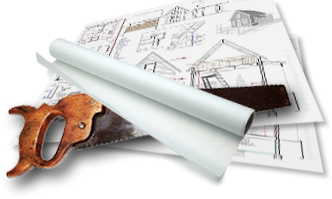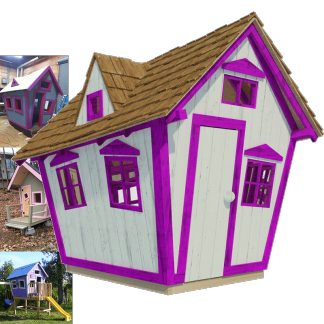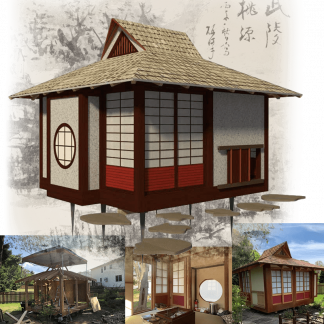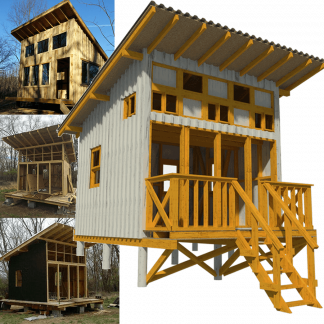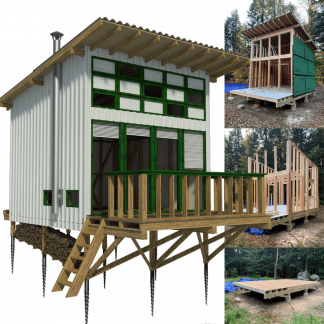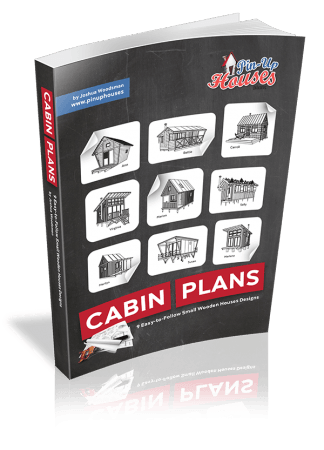Let’s face it; even the best HVAC system will eventually fail at some point. Most units will serve you for a good 15 or 20 years, however, after they clock a decade, you can start anticipating experiencing some problems. Decreased efficiency, unusual noises, and occasional breakdowns are just some of the things you might have to start dealing with. Of course, the quality of your HVAC, your willingness to get down and dirty doing maintenance, and your local weather conditions will factor in a lot.
Today though, what we are going to do is discuss which HVAC jobs you can handle on your own and what you’d better not touch and just call a technician in for AC service instead.
Safety first: HVAC repair risks
Most DIY guides will not mention the risks involved if you decide to get handy with your HVAC system. And this is more than just the stress of trying to put back parts that don’t seem to fit or figuring out where each little screw goes.
Here are some concerns that you’d better devote your attention to as soon as you notice them.
- Electrical hazards: HVAC equipment runs on high voltage and taking it mildly will pose the risk of electric shock, fire, serious injury, or even death. Improper grounding, exposed wires, or overloaded circuits are just some of the things that can increase those risks.
- Refrigerant exposure: can cause respiratory issues, frostbite, and skin burns. Add to that the potential for headaches, dizziness, and even asphyxiation in spaces with limited airflow.
- Carbon monoxide: boilers and the like can spring a leak in a valve or connection, as can cracked heat exchangers. This gas is colorless and odorless yet deadly.
- Water damage: can get water to back up into cracks and crevices allowing mold to flourish.
Easy DIY fixes
Luckily, you don’t need any technical training to fix some common issues. With just a bit of common sense and attention to detail, you can get your unit working well again. Here are some fixes that you are free to try.
Changing the air filter
If your energy bills have been going through the roof recently, the culprit might be a dirty air filter. To change an air filter, all you have to do is open the air vent grill and swap the old filter for a new one. No tools required. Do this every 30 to 90 days.
Cleaning indoor vents
If the vents are blocked, your unit will have to work harder to maintain an optimal temperature. The IEA states that average energy efficiency falls by 4% per year translating to higher energy bills. Use a vacuum cleaner to clear off any dust and allergens as these could also taint your indoor air quality. Consider also wiping the dirt with a damp cloth.
Checking on your outdoor unit
Dirt and debris can accumulate on your outside unit limiting air flow and this could force your unit to work harder, reducing its lifespan. The area around your condenser should be kept clear of obstacles like bushes, tall grass, or tree branches.
It is also important to clean the coils and fins in the condenser. A soft brush or damp cloth will do. You must absolutely not use a pressure washer as you may damage the unit.
Checking thermostat settings
It is common sense that your thermostat should be set at an optimal temperature. However, guests or children may mess with it especially if you haven’t programmed it. So you should keep an eye on it.
To increase the efficiency of your HVAC, replace outdated thermostats with programmable or smart thermostats.
Resetting the system
Modern HVAC systems come with a whole host of sensors, including temperature, pressure, humidity, flow, and air quality. While this increases efficiency, it makes these units more prone to glitches as compared to their more traditional counterparts.
The good thing is that rebooting can clear some of the most common errors. Start by turning your unit off at the thermostat, and then cut the power off for a minute or two before turning everything on.
Checking the fan in the condenser unit
A rattling sound on turning the AC on is often an indicator of problems with the fan. In many cases, you will be dealing with broken fan blades. Replacing the fan blades is not terribly difficult, but you will need a screwdriver.
Cut the power first, and then remove the fan cover to loosen the screw holding the fan blade. Yank out the old one and install the new one by screwing it in place.
What to leave to the pros
Some issues aren’t DIY territory and are better left to the experts no matter how handy you are. HVAC professionals have the right training, experience, and tools required to handle certain jobs. Fiddling with your HVAC can put you in hotter water than you started out in.
Here are other reasons to let experts handle some tasks:
- You could end up wasting time with no results;
- You could damage your HVAC unit;
- You could waste money on buying the wrong parts;
- You could end up causing violations or voiding your warranty.
Here are some things you should leave to the professionals:
Electrical work
It goes without saying that electricity should be handled with caution. HVAC systems contain intricate wiring and circuitry that an untrained person should not attempt to mess with. These units use high-voltage equipment and pose the risk of electrocution.
Other than that, attempting DIY fixes can cause serious damage to your unit.
Repairing a compressor
The compressor is the most central component of your HVAC as it transfers heat from inside your home to the outside. Usually, compressor failure is not something to worry about if your unit is fairly new. The story is quite different when it comes to older units though.
Attempting to repair or replace a compressor is a highly technical job that only a licensed HVAC expert should handle. Additionally, they are best at assessing damage and advising people on the best course of action.
Replacing a heat exchanger
If your furnace isn’t providing warmth, it is likely that the heat exchanger has failed. If you are not an HVAC technician, do not attempt to perform a replacement. First, the exchanger is located in a tricky spot, and getting to it requires a knowledgeable person to dismantle large portions of your unit.
Secondly, improper installation or damage can lead to carbon monoxide leaking into your home which could be dangerous.
Dealing with refrigerant leaks
There might be a ton of info out there but it takes an HVAC technician or expert to correctly diagnose a refrigerant leak, and locate it. As mentioned earlier, refrigerant is a toxic chemical that can pose significant health risks. It is also illegal to handle without certification.
Repairs involving gas supplies and ignition problems
If you have a natural gas furnace, you must not attempt any repair that involves tampering with the gas line. The most obvious reason is that gas leaks can lead to serious injuries and massive property damage.
Also note that the law requires anyone doing any repairs or installations involving gas lines to be certified. Failure to observe this can lead to fines or other legal repercussions.
Calibrating a smart thermostat
This is not risky per se but incorrect calibration will lead to incorrect temperature settings. It can also lead to premature wear due to short cycling – a situation where your unit rapidly turns on and off.

